J. Michael Dumoulin’s exhibit illustrates “the relaxed culture and beach setting” of Mississippi’s three coastal counties through sublime photographs and evocative illustrations.
- by J. Michael Dumoulin - photos by Ellis Anderson and courtesy WGZMuseum and John Dumoulin
It will be the first of three small, temporary exhibits planned for next year.
The 500-square-foot exhibit’s objective is to quantify for museum-goers — locals, seasonal visitors, and first-timers — the relaxed culture and beach setting unique to Mississippi’s three coastal counties. The show features 15 original illustrations and quotes from the book, “Balanced on a Moment,” by J. Michael Dumoulin, punctuated with select artifacts, smells of cedar and cypress, and music and sounds that showcase the Mississippi Gulf coast’s past and present brands, its blend of Southern and Cajun cultures, and its varied, vibrant, and sometimes transient natural setting. The artist, Colonel John Michael Dumoulin (USAF, ret.) served 30 years on active duty and in the Reserve at the Air Force Academy, the Pentagon, Air Force Space Command and in the Department of Homeland Security. Dumoulin worked 25 years in the NASA Public Affairs Office at the Marshall Space Flight Center in Huntsville, Ala. After retiring from NASA, he served as the NASA/Stennis liaison to the INFINITY Science Center before becoming the center’s first Director of Strategic Initiatives. The artist holds Bachelor’s degrees in graphic arts and advertising and a Master’s degree in Public Communications from Boston University. An award-winning writer and the author of nine books, John and his wife, Rosie, live in Bay St. Louis. For more about John Dumoulin and his books, go to jmichaeldumoulin.com. About the exhibit, from the artist:It started out as one of my 2020 Covid projects. I’ve had several. Stuck at home but with unlimited access to materials thanks to my new best friends, Alexa and Google, I designed and built a Swiss Army knife-like bench for my workshop, erected a stained-glass cupola atop the shed, and began restoring an old boat. If this insipid epidemic doesn’t stop soon, I may begin adding a third floor to the house. Oh, and I wrote another book. At first, I thought it might turn out to be a simple coffee table dust collector of essays and illustrations, but in 2021, “Balanced on a Moment” evolved into four box-sets of illustrations now selling online, from my website, and in galleries. Then in 2022, the book kindled an art exhibit at the Ground Zero Museum in Waveland. Or more precisely, one chapter of the book evolved into an exhibit: my favorite chapter, the one about the unique culture I “retired” into along the relatively little-known and thus under-appreciated secret Mississippi coast. The laid-back feel I discovered here – a culture influenced by New Orleans and Mobile but not defined by them -- seems to thumb its nose to traffic congestion (except during Cruzin!), international intrigues, and social media trends. I like that! It’s not that everyone here isn’t aware of such things: The intrigues and trends just don’t seem to hold up when compared to life’s more immediate concerns, like backyard crawfish boils, church seafood festivals, local football games, organizing Mardi Gras, and preparing for hurricanes. “Secret Coast: Pascagoula to Pontchatrain” presents fifteen limited-edition illustrations from the chapter of the same name in “Balanced on a Moment.” Each print is unique, however, hand-augmented with gesso, watercolors, enamels, oils, India inks, and/or acrylics to add the colors, dimension and textures that I just couldn’t draw out with digital technology. The best of the images tells a whole story in a glance. Thanks to the Ground Zero Museum and a grant from the Mississippi Arts Council and the National Endowment for the Arts, this is the first time these images have been shown publicly together. I consider myself more of a writer than an artist, having achieved twice as many first-place awards for writing than one-man art exhibits. Fair disclosure: this is my first show (which simplifies the math) and although I DID earn an art degree, I’m stretching the truth a bit when I refer to myself as “an artist.” I’m a book illustrator who unapologetically uses technology to prop up his text. Technology evolves so fast these days that it seems our prejudices just can’t keep up. It used to be that a painting was a painting; we knew what the term “print” meant; and a piece of fine art sculpture wasn’t a useful tool, just something exquisite to look at, maybe with a story, but decorative, not functional. A self-published book was a vanity; self-taught graphic novelists or graffitists weren’t taken seriously; a programmer or web designer certainly couldn’t produce anything remotely comparable to a Rembrandt painting or a Kubrick film. Anything non-traditional was categorized a craft, or folk art, or a “just a graphic,” and thanks to how we were taught to define “art,” such creators, although artistic, we pre-judged as tradesmen, journeyman, or amateurs. Their work might have poked into the dark corners of convention, but it couldn’t possibly survive Future’s scrutiny, right? Well, thankfully, today’s wanna-be artist has new, exciting tools. Highly precise ink jet printing has replaced etching and stone lithography. Plastics and adhesives are revolutionizing 3D art just as surely as video reshaped film. Digital editing, high-pixel phone cameras, and image and publishing software have redefined what generations from now will call “21st century art.” There’s a whole chapter in the book on this, so I won’t spoil it for you. As a wanna-be artist, I take the more relevant of my original photos or sketches, then augment them to fit the now-digital medium of book publishing. Each image has to be made “book-worthy.” The illustrations in “Balanced on a Moment,” for example, started out as simple ways to complement the book’s four short essays but then, thanks to Covid isolation (cabin fever) and modern technology (computer editing and giclée printing), I found many of the images to be “wall-worthy.” When you visit the “Secret Coast” exhibit, look along the edges of each print, and at the black shadows and white highlights. The brush strokes are there if you get close enough, which is why I insisted on hanging some of the pieces lower on the wall than you might see displayed in an art gallery. In “Blue Tide #2.1,” look for the hunting eagle and unaware shore birds. Maybe you’ll notice the prism-like reflections off the wet sands in Blue Tide #3. You might even recognize the two Waveland boys fishing in “Two Boys and Dry Shoes,” or identify the exact spot where the red tractor is parked in “Blue Tide #7.” As you enter the exhibit, stay to the right and read the text. Walk counter-clockwise around the room, then sit for a while, listen, and maybe leave some thoughts and comments about the show in the guest book. Better yet, tell a stranger your own secret coast story. That’s right: share the secret. It’s okay. Enjoy this feature?
Enjoy the Shoofly Magazine? Reader donations help underwrite correspondents who write about and photograph our community.
Use the button below to join our Readers’ Circle! Comments are closed.
|
Categories
All
Archives
July 2024
|
Shoofly Magazine Partners
Our Shoofly Partners are local businesses and organizations who share our mission to enrich community life in Bay St. Louis, Waveland, Diamondhead and Pass Christian. These are limited in number to maximize visibility. Email us now to become a Shoofly Partner!

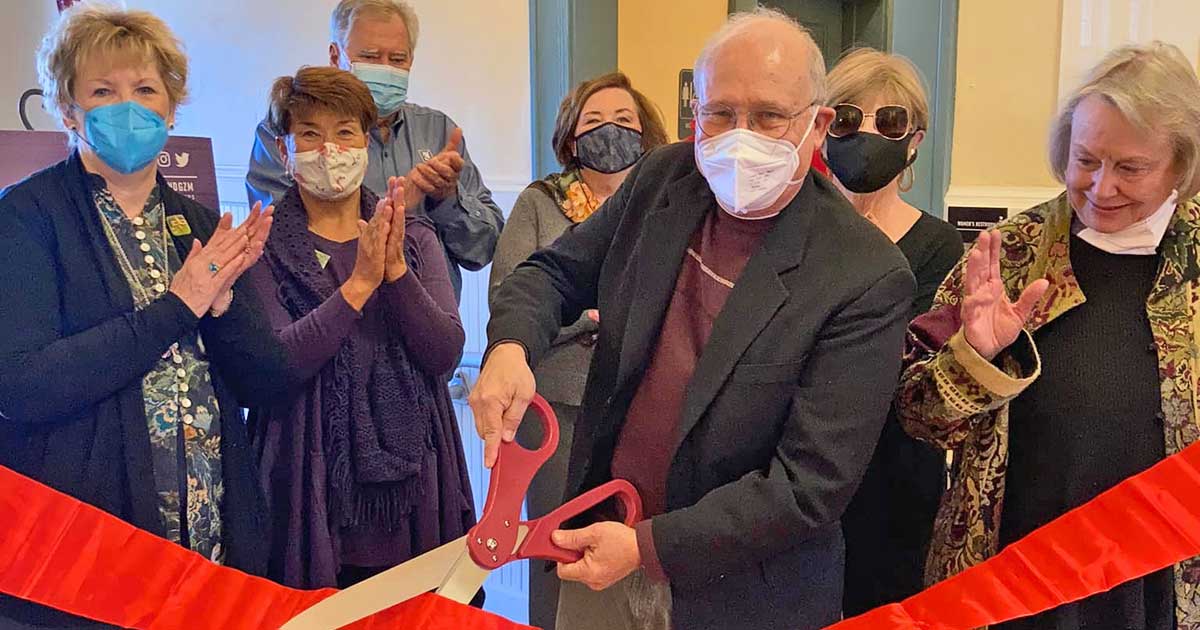
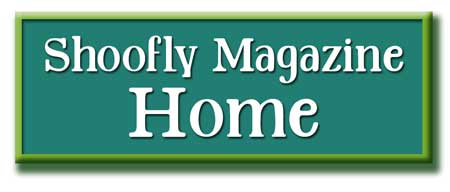
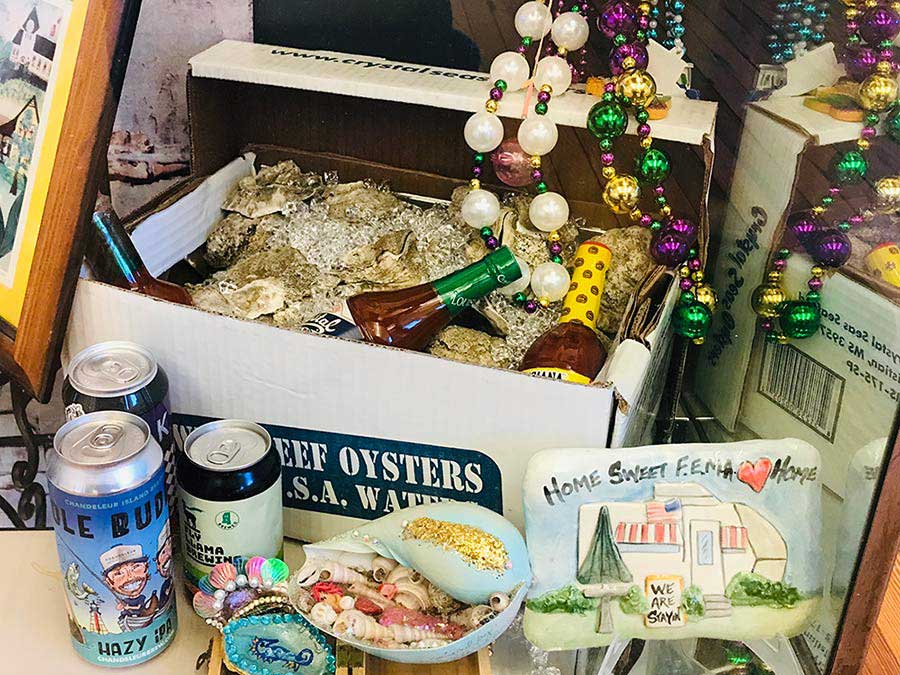
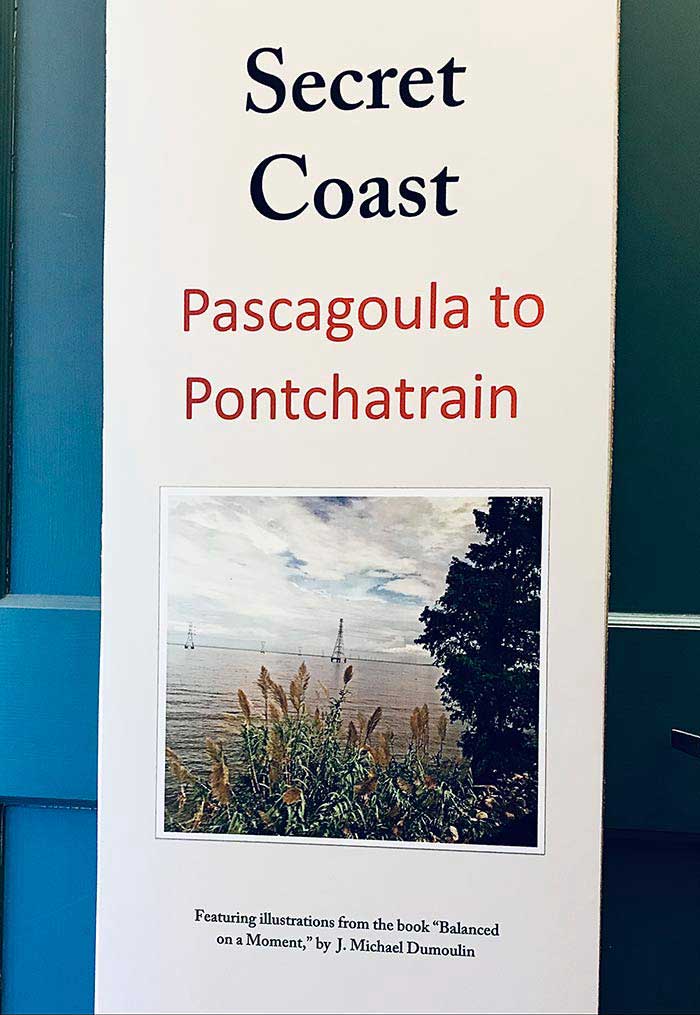
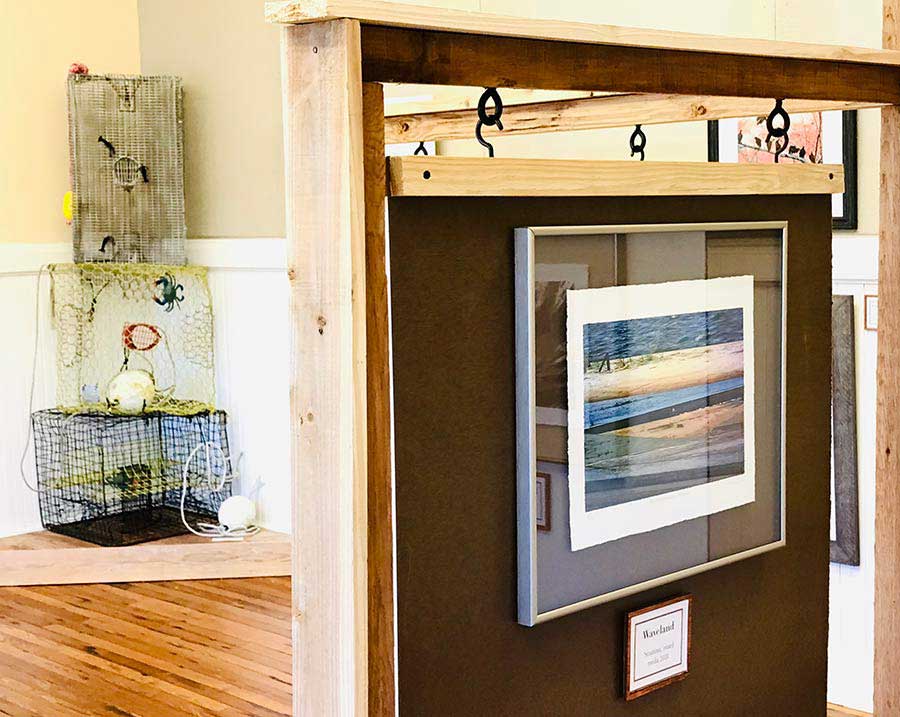
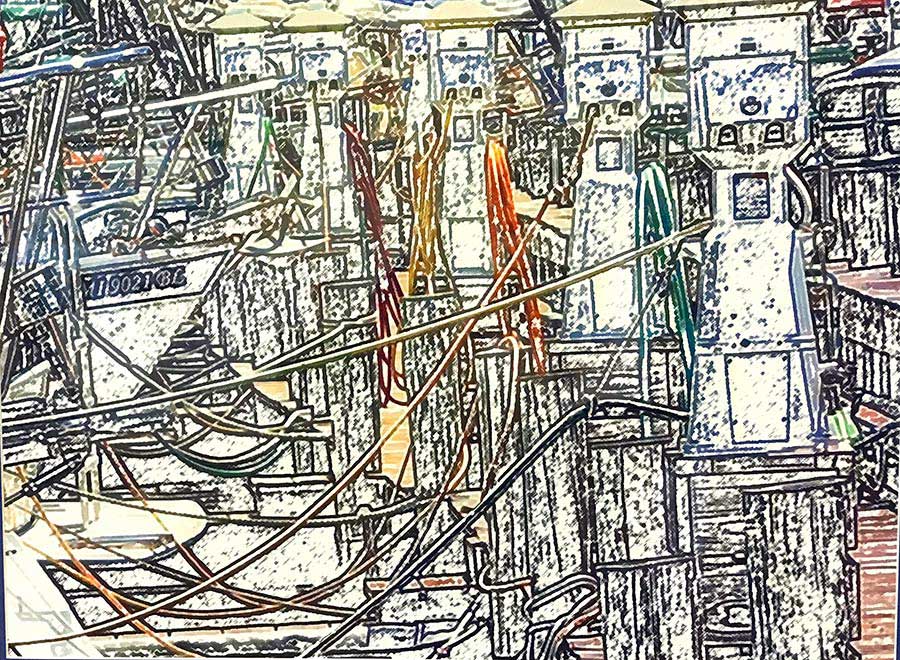
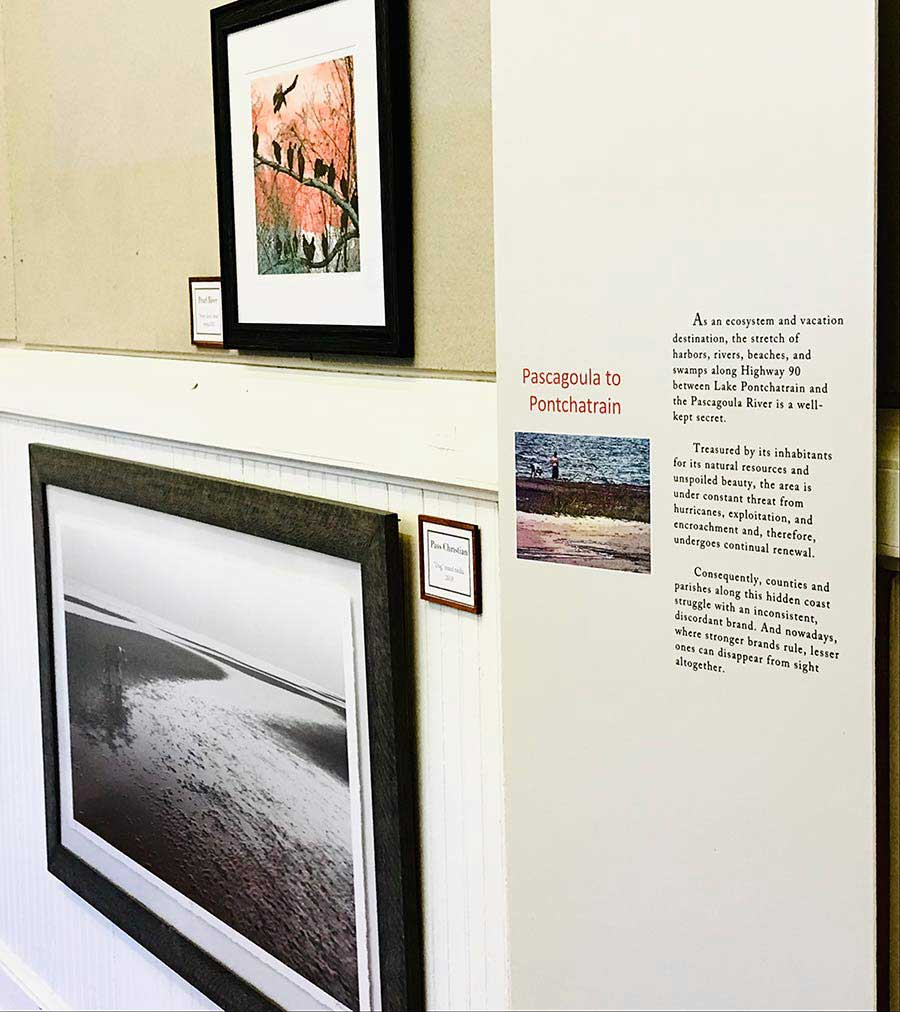
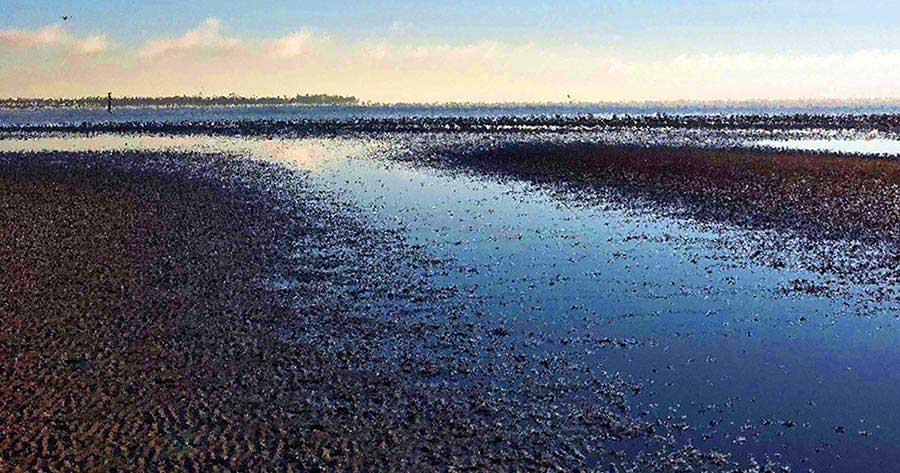

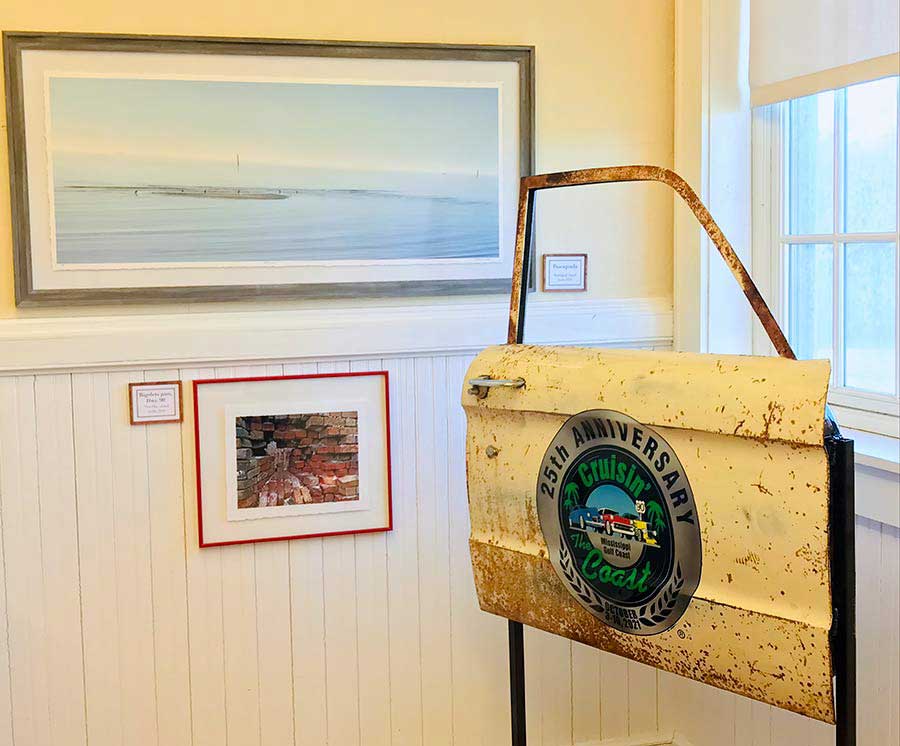


























 RSS Feed
RSS Feed























